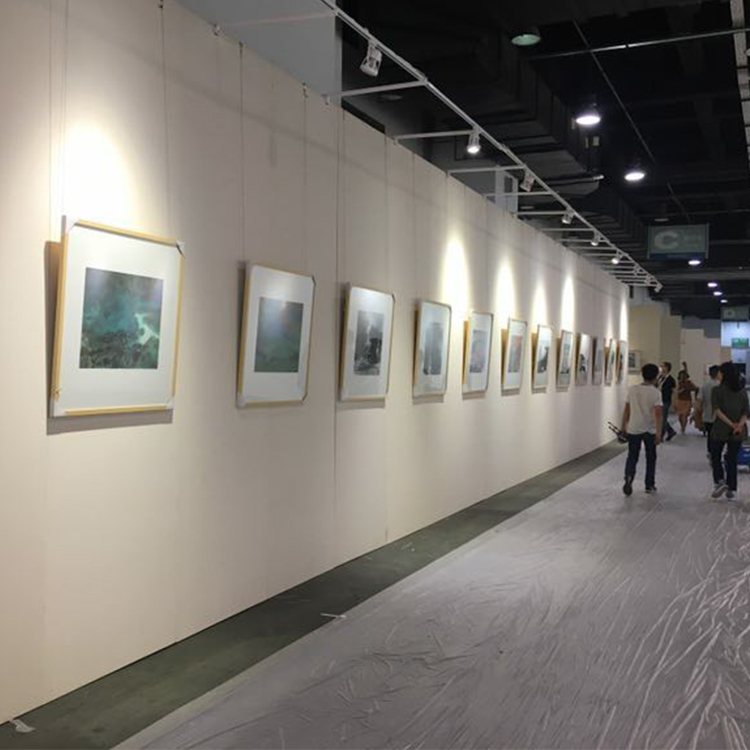Matters needing attention in light distribution
Article provenance:未知 Popularity:Publication time:2019-09-25 15:31
The order of light distribution is:
1) Prefixing the position and intensity of the main light;
2) Determining the intensity and angle of auxiliary light;
3) Distribution of background light and decorative light. In this way, the light distribution effect should be able to achieve primary and secondary clarity and complement each other.
There are several other areas of cloth lighting that need special attention:
1) Better light than more. Too many lights make the work process disorderly and difficult to handle. The speed of display and rendering will also be seriously affected. Only the necessary light can be retained. In addition, we should pay attention to the use of light projection, shadow mapping and texture mapping. It is better to use texture mapping in place of lighting. For example, in order to show the effect of bright lights in the windows seen from the outdoor at night, it would be much more convenient to use self-luminous mapping, and the effect would be very good, instead of using light to simulate. Do not spread light at will, otherwise the success rate will be very low. We should firmly refuse to reserve the lights that are not necessary.
2) Lighting should reflect the distribution of light and shade in the scene. It should be hierarchical and must not deal with all lights. Choose different kinds of lights according to need, such as spotlight or floodlight; decide whether the lights are projected or not, and the concentration of shadows; and decide the brightness and contrast of the lights according to need. If we want to achieve a more realistic effect, we must make some efforts in the light attenuation. Some lights can be temporarily turned off to eliminate interference and set other lights better.
3) We should know that the lighting in MAX can be surreal. Learn to use the "excluding" and "including" functions of absolute light to illuminate or project an object. For example, to simulate the lighting and projection effects of candlelight, we usually place a floodlight in the candle wick position. If this lamp does not exclude the projection of the main body of the candle, then a large shadow on the table caused by the main body of the candle may cause us a headache for half a day. In the architectural effect drawings, the method of "excluding" is often used to make the lighting not produce illumination or projection effect on certain objects.
4) Light distribution should follow the process from theme to part and from simplicity to complexity. For the formation of the lighting effect, we should first set the main style by adjusting the angle, and then adjust the characteristics of the light attenuation to enhance the sense of reality. Finally, the color of the light is adjusted to make detailed modifications. If we want to simulate the effect of natural light vividly, we must have a deep understanding of natural light source. It's helpful to read more books that are used up for photography and do more experiments. Lights are also used differently in different situations. In the production of indoor effect maps, in order to show a brilliant effect, the color of some main lights is often set to light orange, which can achieve the effect that the material is not easy to achieve.
In a word, as long as we practice more and dare to practice, it is only a matter of time to master the essence of using light.
Lighting is the most important means to simulate the natural lighting effect in 3D SMAX. It is the soul of MAX scene. However, the complex lighting settings and changeable application effects are a big problem for many novices. How to get a satisfactory lighting effect makes many friends feel headache and helpless. The main purpose of this tutorial is to lead you to a deeper understanding of the lighting settings in 3D SMAX, thoroughly relieve the confusion of your friends, so as to create a more realistic and satisfactory MAX scene.
Ranking of similar articles
- 北创承办 | 晋宝斋亮相第二届山西文博会中心展
- 可移动展墙 租赁、销售---美术馆展览 艺术展览
- 无缝展板--艺术展、拍卖会专用展板 租赁销售
- 【北创精选】杭州西泠春拍7月4日启槌
- 【北创承办】翰墨青州·2015中国书画年会启幕
- 【北创承办】第七届中国书画名家精品博览会
- 布光的注意事项
- 定制展柜--艺术展拍卖会博物馆专用展柜租赁销售
- 北创承办|中艺财富南通文化艺术品博览会闭幕
- 舞台灯光技术交流






 Focus on WeChat
Focus on WeChat  Mobile terminal
Mobile terminal